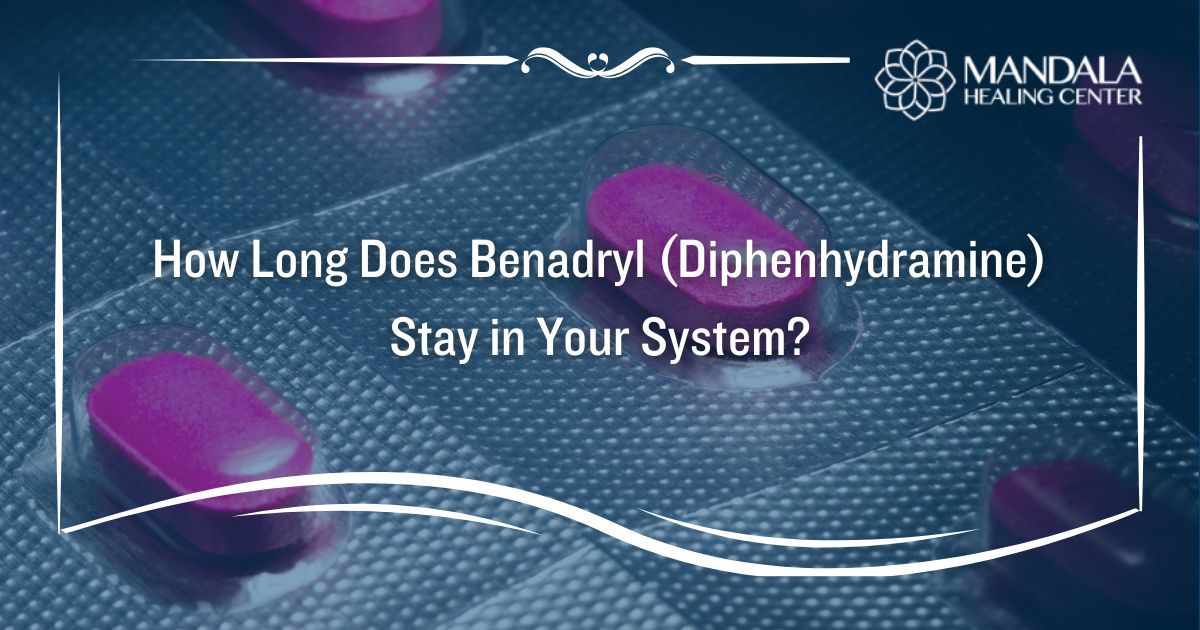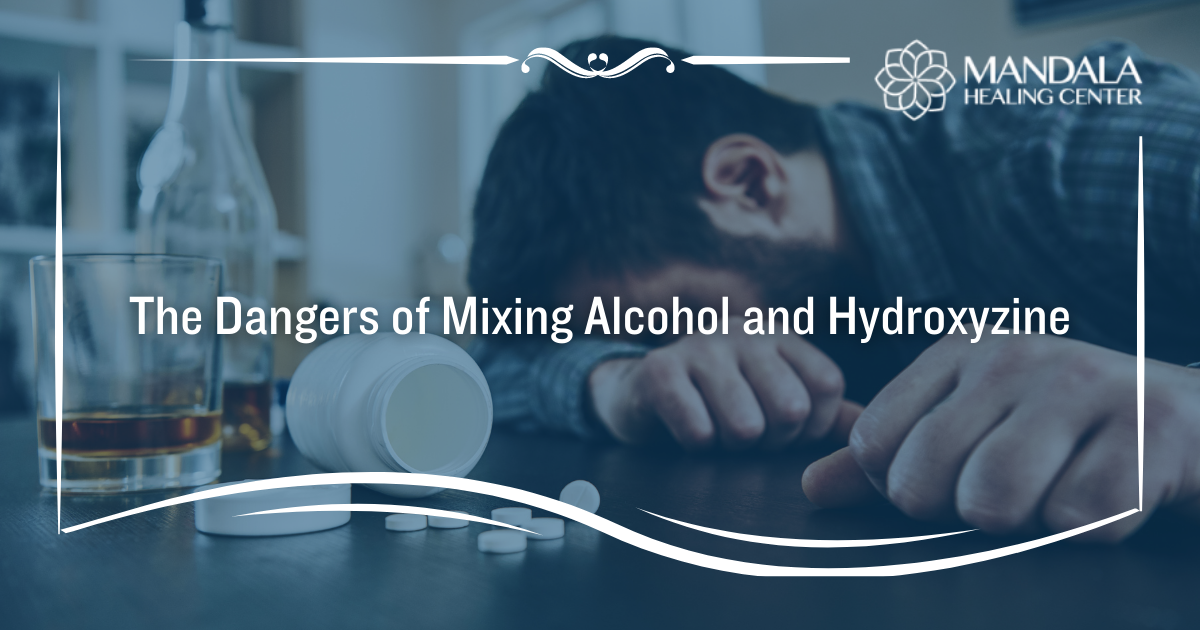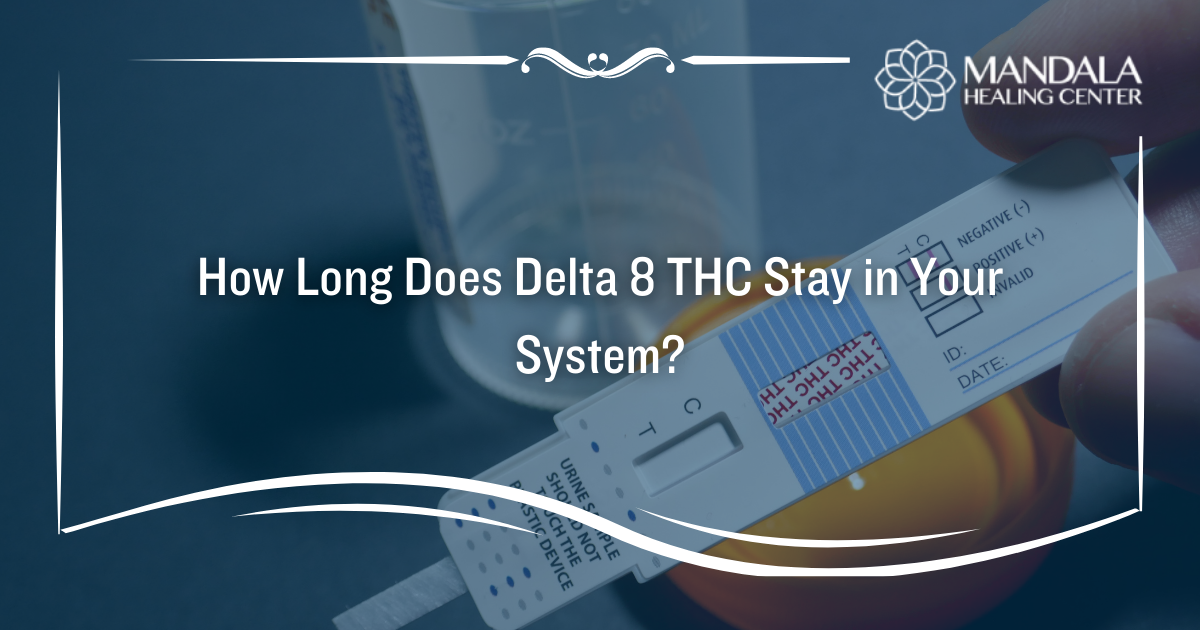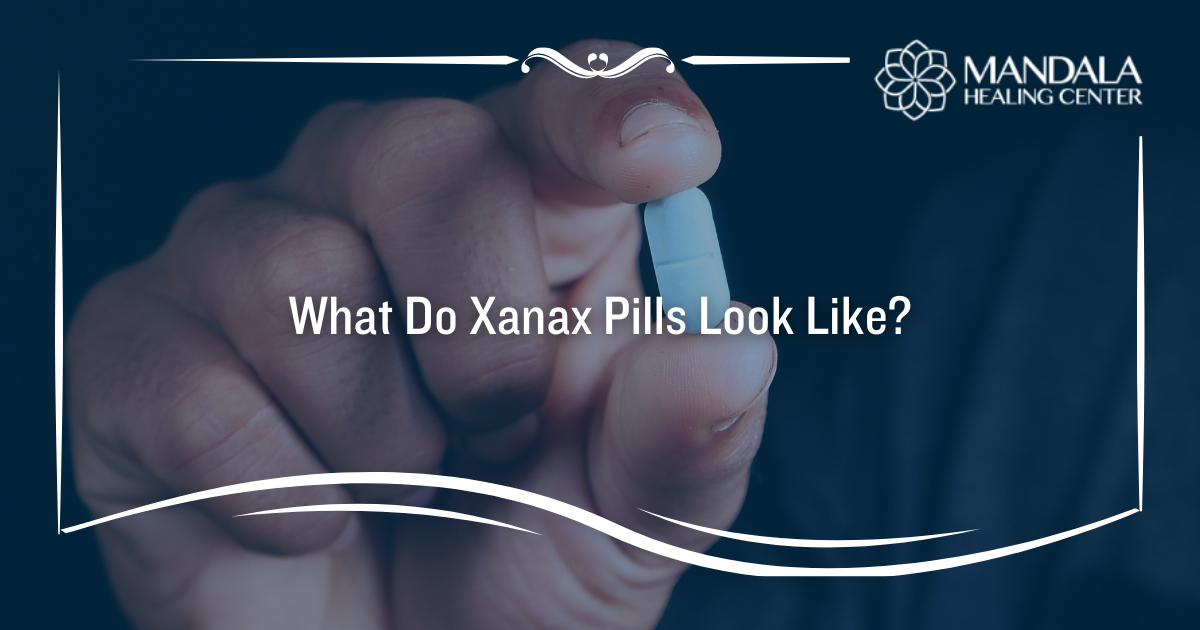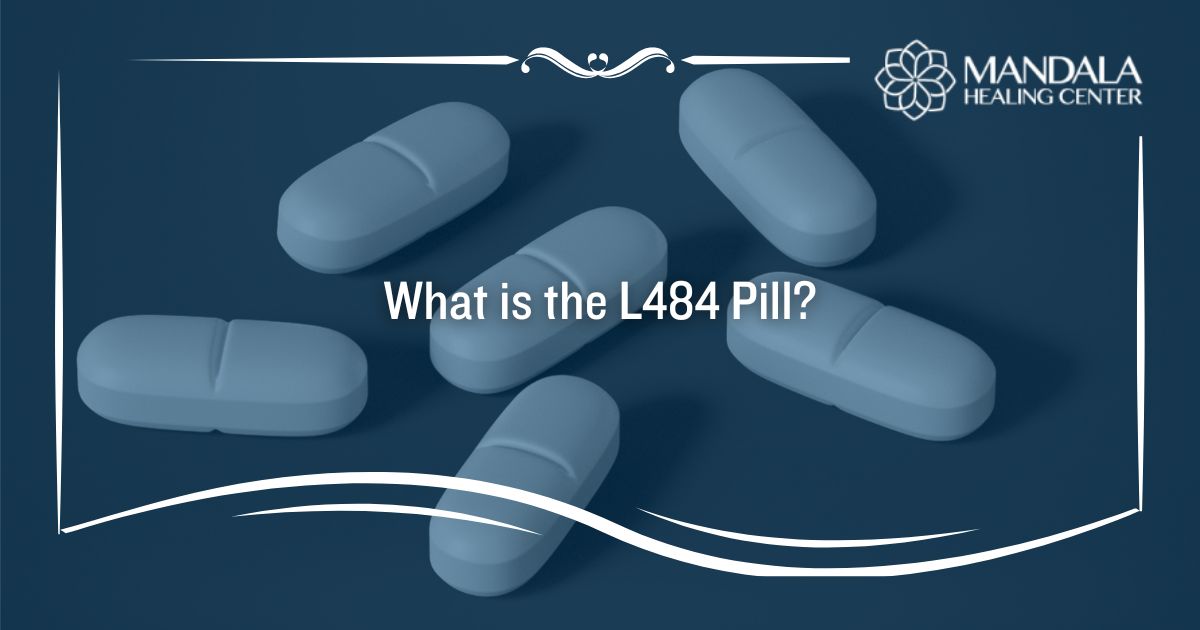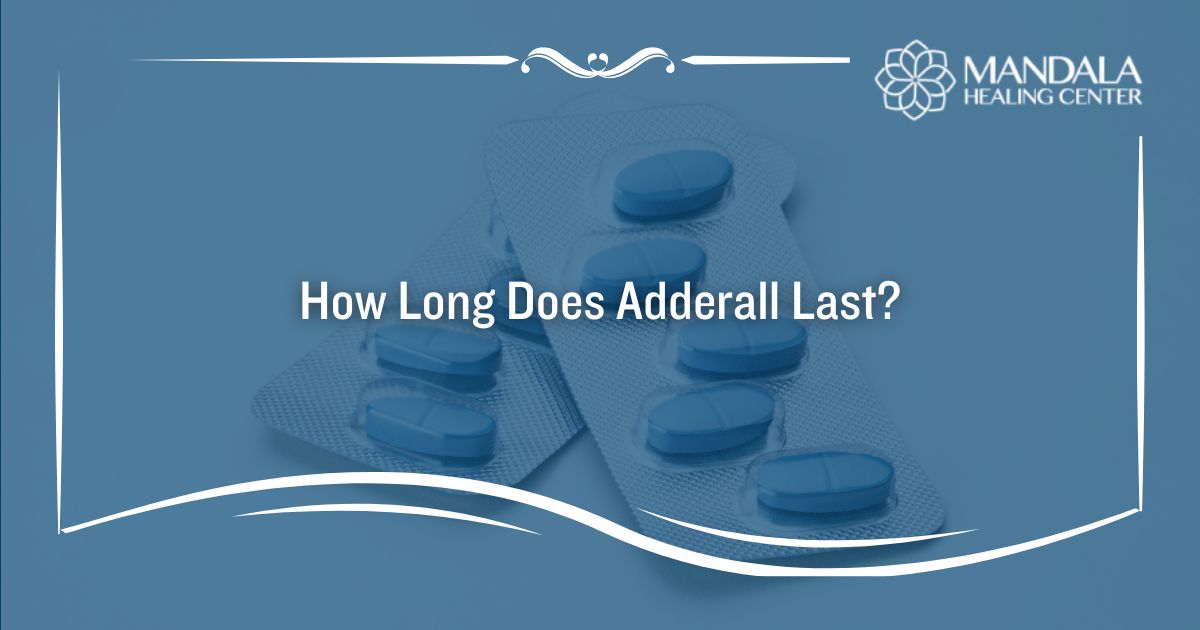If you’ve experienced itchiness or hives from allergies, you’ve probably taken Benadryl before. Benadryl is an over-the-counter medication that contains diphenhydramine, an antihistamine that can treat hay fever, allergies, cold symptoms, and insomnia.[1]
While Benadryl is generally considered safe to use, some people abuse it. When taken in high doses, it can cause intense sedation and even hallucinations. Using Benadryl in this manner can lead to life-threatening overdoses.
Most healthcare professionals or rehab centers will not automatically drug test for Benadryl. However, if you are known to abuse this OTC medicine, the person facilitating your drug test might screen for it. Diphenhydramine or Benadryl can stay in your system for up to 45 hours.[2]
Benadryl can also cause false positives for opioids, so if you are trying to pass a drug test for these drugs, you should let the administrator know you’ve recently consumed Benadryl. Even though it leaves your system in 9 hours, metabolites are left behind that drug tests can find. For example, urine tests can find Benadryl in your system for 2 to 4 days after your last dose.
In this article, you will learn:
- What is Benadryl?
- What is the half-life of diphenhydramine?
- Can drug tests find Benadryl in your system?
What is Benadryl (Diphenhydramine)?
Benadryl is an over-the-counter antihistamine that can relieve allergy symptoms, manage cold symptoms, and be used as a sleep aid. If you are using Benadryl as an allergy medicine, you might experience side effects like drowsiness.
The common side effects of Benadryl include:[1]
- Dry mouth, nose, and throat
- Dizziness and drowsiness
- Nausea and vomiting
- Loss of appetite
- constipation
- Congestion in the chest
- Headache
- Muscle weakness
- Excitement or nervousness (especially in children)
If you attempt to take large doses of diphenhydramine to get high, you could experience life-threatening effects. Overdosing on Benadryl is an emergency, and you should receive treatment in a hospital. The medical professionals will connect you with an addiction treatment center after you receive care to ensure you have access to the support you need.
What is the Half-Life of Benadryl?
Benadryl starts to take effect 30 minutes after you consume it. The effects can last anywhere from 4 to 6 hours.
To understand how long diphenhydramine remains in your system, you need to know what a drug’s half-life is. The half-life explains how long it takes your body to eliminate half of the substance. It can take 4 to 5 half-lives for a drug to leave your body.
The half-life of Benadryl is about 9 hours, which means it can stay in your system for 45 hours.[2] If you have stopped taking diphenhydramine after becoming dependent on it, your withdrawal symptoms can start within 24 to 48 hours.
Can Drug Tests Detect Benadryl?
While Benadryl leaves your system within 45 hours, it leaves behind metabolites in areas of your body like your urine, saliva, blood, and hair. This is how it shows up on a drug test for a longer period. The amount of time that a drug test can detect Benadryl depends on what type of screening method is used.
Urine
Urine tests are the most commonly used drug screening tool because they are minimally invasive and relatively cheap to use. You might take a urine drug test at a doctor’s office, a hospital, a drug rehab center, before being offered employment, or a probation office.
While most people do not test for diphenhydramine, they can detect Benadryl in urine for 2 to 4 days after your last dose.
Blood
Blood tests are not used as often as urine screens because they are invasive and provide a shorter window of detection. That said, if you are unable to provide a urine sample in the hospital, a blood test might be used to determine whether a substance is contributing to your symptoms.
Blood tests can detect Benadryl for 24 to 48 hours after you last consumed it.
Saliva
Saliva tests are not used often because they offer a short window of detection, similar to blood tests. However, they might be used by law enforcement officers during a field sobriety test to determine if you were driving under the influence.
Saliva tests can detect diphenhydramine for 2 to 4 days after you consume it, which is a longer window than most drugs among saliva testing.
Hair
Lastly, hair tests are not favored by the medical community because they can provide unreliable results due to discrimination based on things like hair color. Despite this, some high-security clearance jobs use them before offering employment because of their long window of detection.
While you probably won’t get in trouble for testing positive for Benadryl, hair tests can detect it for up to 90 days.
Find Help for Benadryl Abuse and Addiction
If you or a loved one suffers from Benadryl addiction, it’s time to seek professional help. Abusing Benadryl can lead to life-threatening overdoses and chronic health issues like liver damage. At the Mandala Healing Center, we offer the tools and support you need to achieve long-term recovery.
Contact us today for more information on how we treat diphenhydramine addiction.
References:
- Medline Plus: Diphenhydramine
- The National Library of Medicine (NLM): Diphenhydramine Toxicity


